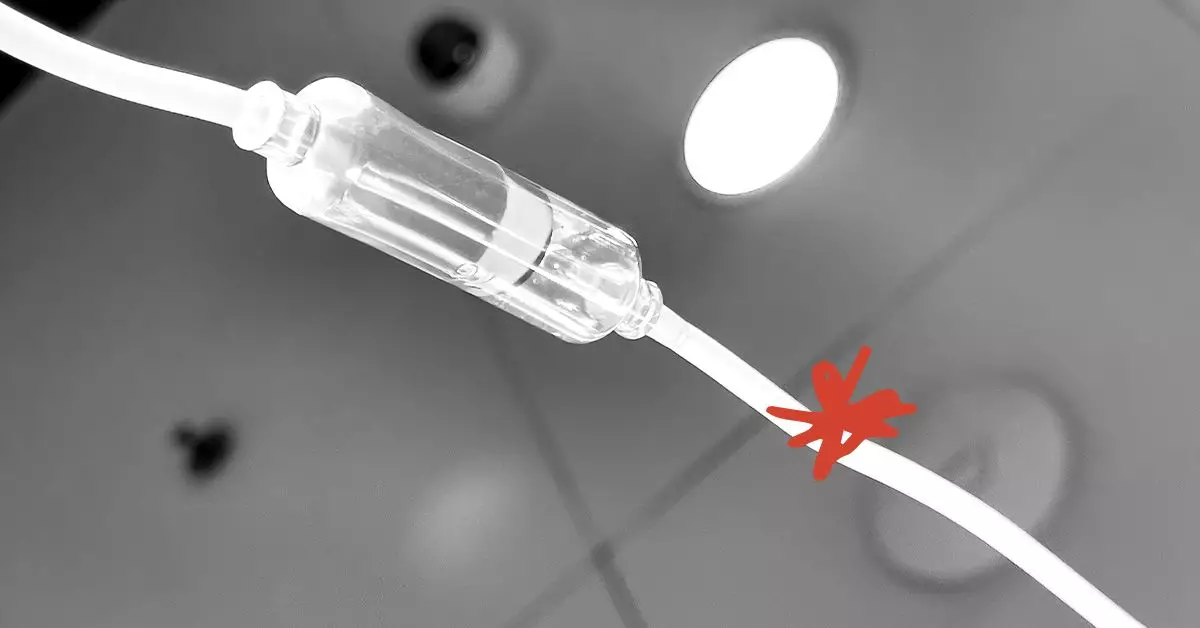Chemotherapy is a widely utilized treatment for various types of cancer. While effective in targeting malignant cells, it also induces a spectrum of side effects, one of which is an increased susceptibility to urinary tract infections (UTIs). This connection between chemotherapy and UTIs raises critical concerns for patient care and necessitates a deeper exploration into the underlying mechanisms and preventive measures.
Chemotherapy, aimed at annihilating cancer cells, inadvertently harms non-cancerous cells, particularly those in the immune system and mucous membranes. One of the primary issues resulting from chemotherapy is neutropenia, a significant decrease in neutrophils, a type of white blood cell essential for combating infections. Patients with neutropenia are particularly vulnerable to infections, including UTIs.
Additionally, chemotherapy can lead to the deterioration of anatomical barriers such as skin and mucous membranes. These barriers serve as the body’s first line of defense against harmful pathogens. Damage to these protective layers allows bacteria pre-existing on the surface of these membranes to penetrate and proliferate, resulting in infections.
Research has shown that UTIs are commonplace among patients undergoing chemotherapy. A notable study from 2022 reported that approximately 82.6% of UTIs occurred during chemotherapy cycles. Beyond UTIs, chemotherapy can provoke a range of lower urinary tract symptoms (LUTS) affecting more than 70% of patients, as suggested by older research. These symptoms can include urinary incontinence, frequent urination, and difficulty in bladder emptying.
Complications such as cystitis, characterized by bladder inflammation, further escalate the discomfort for patients. Chemotherapy-induced changes can exacerbate these symptoms, resulting in debilitating conditions that extend beyond the urinary tract.
In addition to UTIs and cystitis, chemotherapy may trigger vaginal dryness and dysfunction, which is particularly alarming for women. This side effect can arise from direct damage to mucous membranes, increasing the risk of infections, including sexually transmitted infections and UTIs. The interplay of these urinary complications can significantly impact the quality of life for patients.
Chemotherapy may also lead to systemic changes within the urinary tract, leading to various urinary symptoms. Patients often report pain or burning during urination, strong urgency to urinate, and changes in urine odor and color, which can signal the presence of infection. Recognizing these symptoms early is crucial for timely intervention.
Treatment strategies vary based on the severity and cause of the urinary complications. If a patient experiences LUTS or bladder incontinence, some non-invasive interventions such as bladder training and pelvic floor therapy may prove beneficial. Pharmacological treatment can involve medications designed to relax an overactive bladder or manage symptoms.
In persistent cases of urinary incontinence, surgical options may be considered, including the implantation of devices that provide support to the bladder and urethra.
Adding to this, addressing UTI symptoms often involves antibiotic treatment, which is the conventional approach for managing infections. Until patients can receive professional medical care, various strategies can help alleviate symptoms: maintaining hydration, avoiding irritants such as caffeine and alcohol, and practicing good hygiene.
Patients undergoing chemotherapy can adopt several preventive strategies to minimize the risk of UTIs. Regular bathroom visits, maintaining hydration, and opting for showers instead of baths can be beneficial. Wearing breathable, loose-fitting clothing can reduce irritation, and practicing proper hygiene is crucial for preventing bacterial contamination.
Moreover, immediate medical attention is warranted if severe symptoms suggestive of infection or complications arise. Symptoms that may indicate a severe infection, such as fever, chills, or significant changes in urination, require prompt evaluation to avoid potentially life-threatening conditions like sepsis.
The interplay between chemotherapy and urinary complications, particularly UTIs, underscores the complexity of cancer treatment and the necessity for vigilant monitoring. While chemotherapy is integral to combating cancer, understanding its side effects allows for improved patient care and quality of life. By recognizing the implications and adopting preventive measures, healthcare providers can help mitigate these risks and support patients during treatment.

